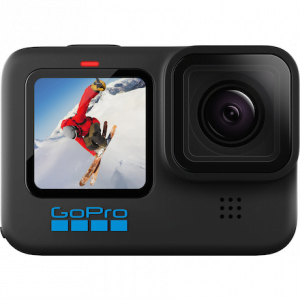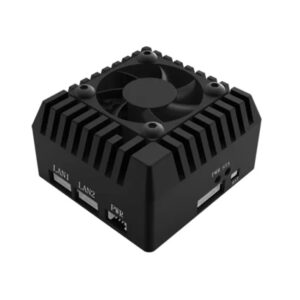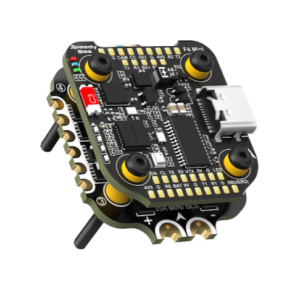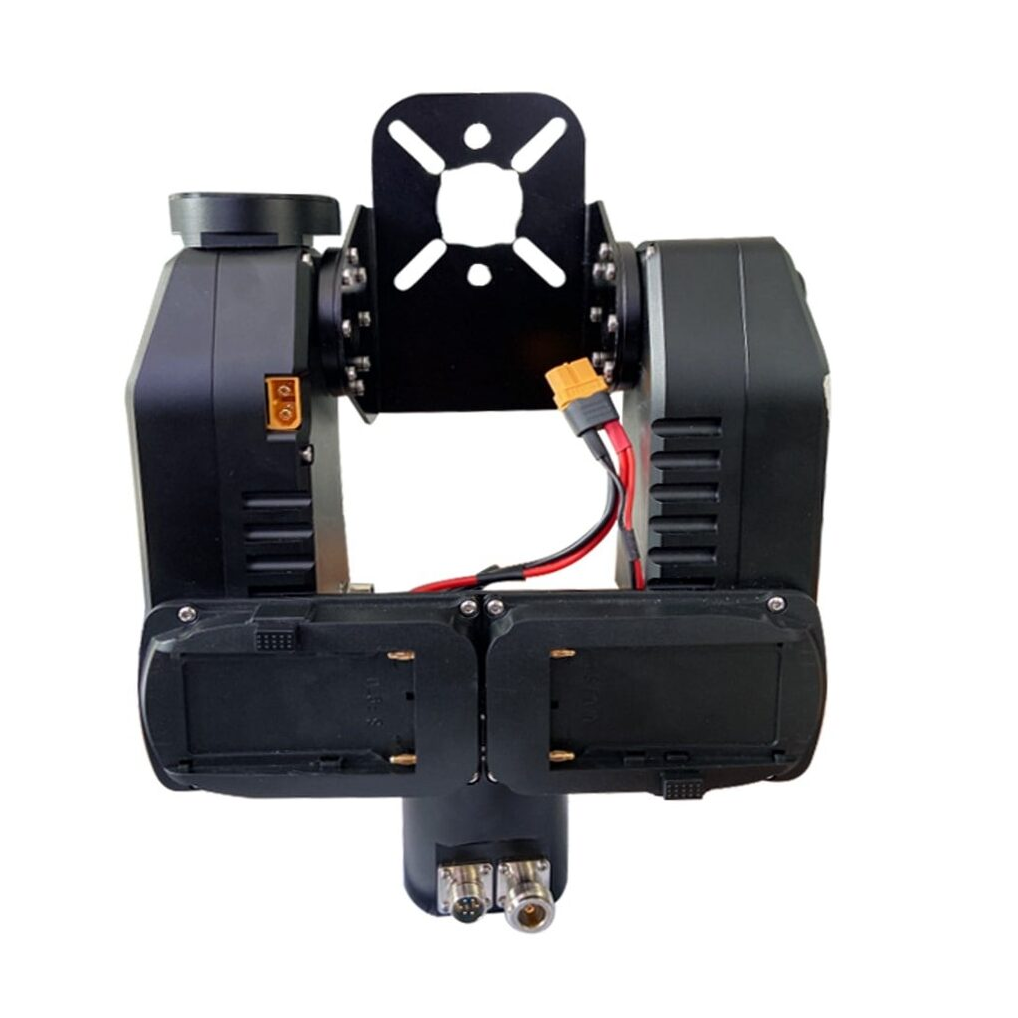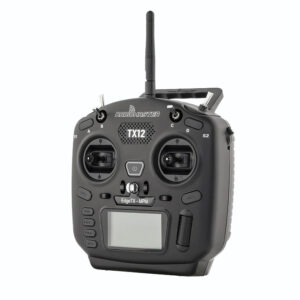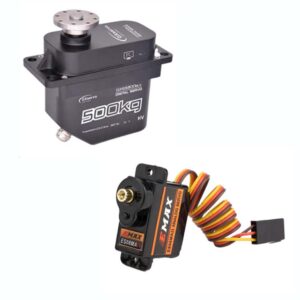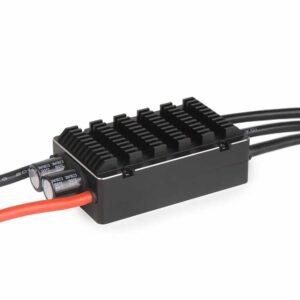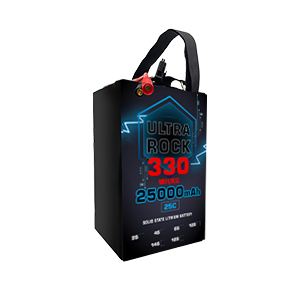What is the difference between Antenna Tracker V1 and Antenna Tracker V2?
On November 30, 2024

Introduction: MotioNew Antenna Tracker V1 vs Antenna Tracker V2
Both versions os MotioNew’s Datalink Box and Tripod with Antenna Tracker (v1 and v2) are smart size and light weight products from MotioNew. There is a customizable datalink box that can be installed on the tripod, and can attach to a automatic antenna tracker in order to expand the communication distance of the datalink that will be used with it. Read the rest of this article to understand more what is the difference between Antenna Tracker V1 and Antenna Tracker V2.
Table of Contents
Differences
Antenna Tracker V1 has a quick installation mechanism on top so the antenna tracker can be easily installed and removed for easy transportation. The stability accuracy is <0.5° for yaw and <0.1° for pitch. The mechanical rotation range of the pitch axis is -15°~135°. The maximum turning rate for the horizontal and vertical axis is 300°/s and 60°/s respectively. It weighs 2.6kg.
The antenna tracker has a separate power source and can be powered on using FP970 battery type with a sliding attach/detach mechanism. There is an small display to show some basic information such as battery voltage, distance, altitude, and direction.
Antenna Tracker V2 version does not have a quick installation mechanism and the antenna tracker is rather installed permanently on the box. The stability accuracy is ±0.1° for both yaw and pitch axes. The mechanical rotation range of the pitch axis is 0°~90°. The maximum turning rate for the horizontal and vertical axis is 35°/s and 25°/s respectively. It weighs 2.8kg.
Similarities
There is a datalink box that can be used to install the datalink inside, and the ports can be expanded to the box. Both models have push-pull LEMO connectors for data interfaces. Both the size of the box and the interfaces are customizable to fit the requirements of the customers. There is an RF slip ring embedded into them that supports up to 3GHz frequency range (if you need to use a datalink with a higher frequency range, it is better to install the datalink directly on the back of the patch antenna, and only pass the data and power wires through the antenna tracker mechanism). They both have an unlimited rotation range on the yaw axis. They are compatible with a wide variety of flight controllers, and support MavLink and NMEA-0183 protocols to follow the UAV’s path. Having a maximum torque of 300 N.cm, a 16dBi high gain patch antenna is easily installed on them, with the possibility of using a bigger antenna.
| v1 | v2 | |
| Yaw stability accuracy | <0.5° | ±0.1° |
| Pitch stability accuracy | <0.1° | ±0.1° |
| Yaw rotation range | Unlimited/450° | Unlimited/450° |
| Pitch rotation range | -15~135° | 0~90° |
| Max. Horizontal turning rate | 300°/s | 35°/s |
| Max. Vertical turning rate | 60°/s | 25°/s |
| Weight | 2.6kg | 2.8kg |
| Max. Torque | 300 N.cm | 300 N.cm |
| Operational Voltage | DC 12v~15v | DC 24v |
| Average Power Consumption | 15W | 15W |
| Working Temperature | -20~60°C | -25~55°C |
| Working humidity | 20% ~ 70% | 20%~70% |
| Interface | TTL Serial, SBUS, Ethernet (Customizable) | RS232, SBUS, Ethernet (Customizable) |
| Supported Protocol | MavLink, NMEA-0183 | MavLink, NMEA-0183 |















